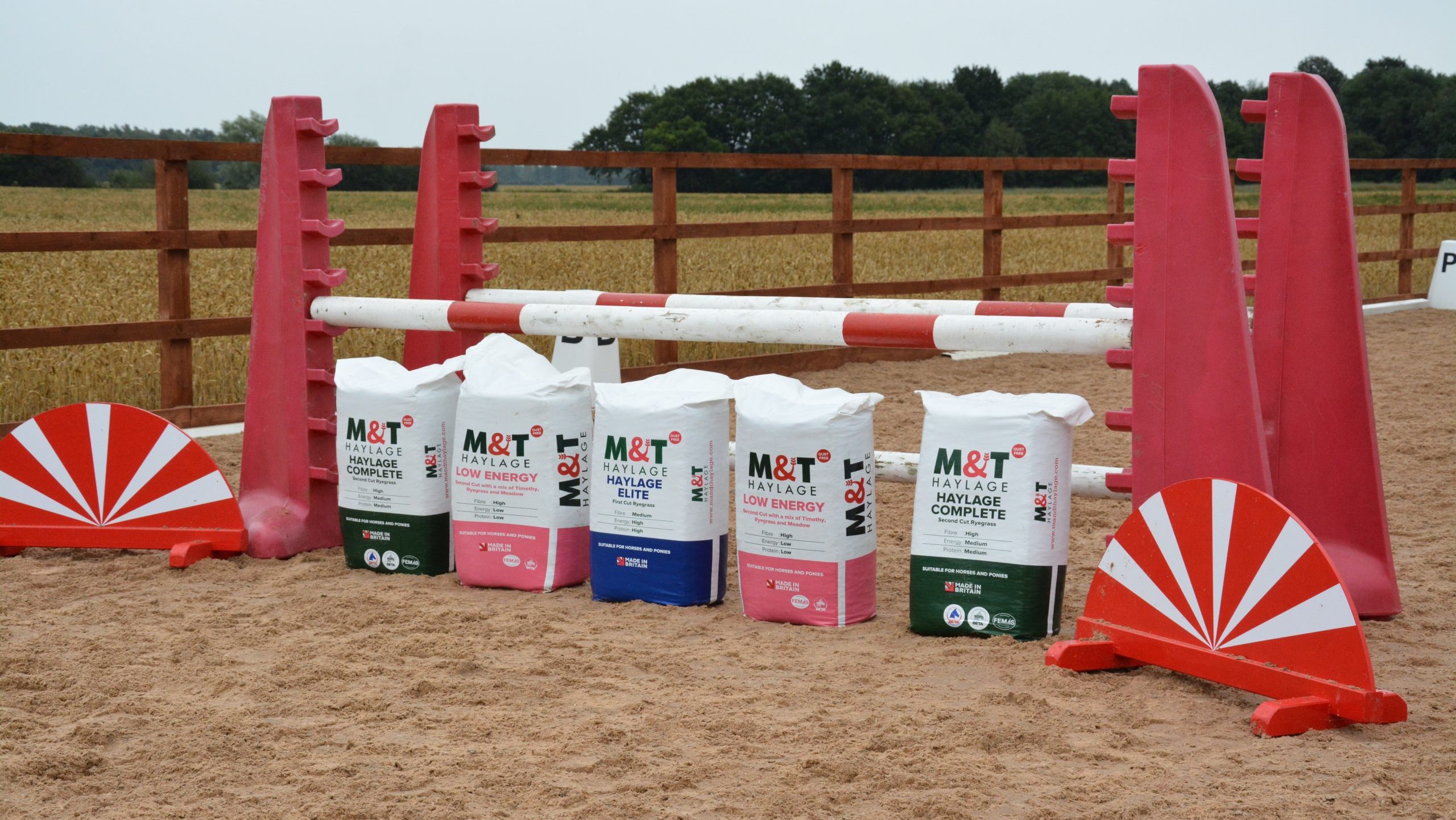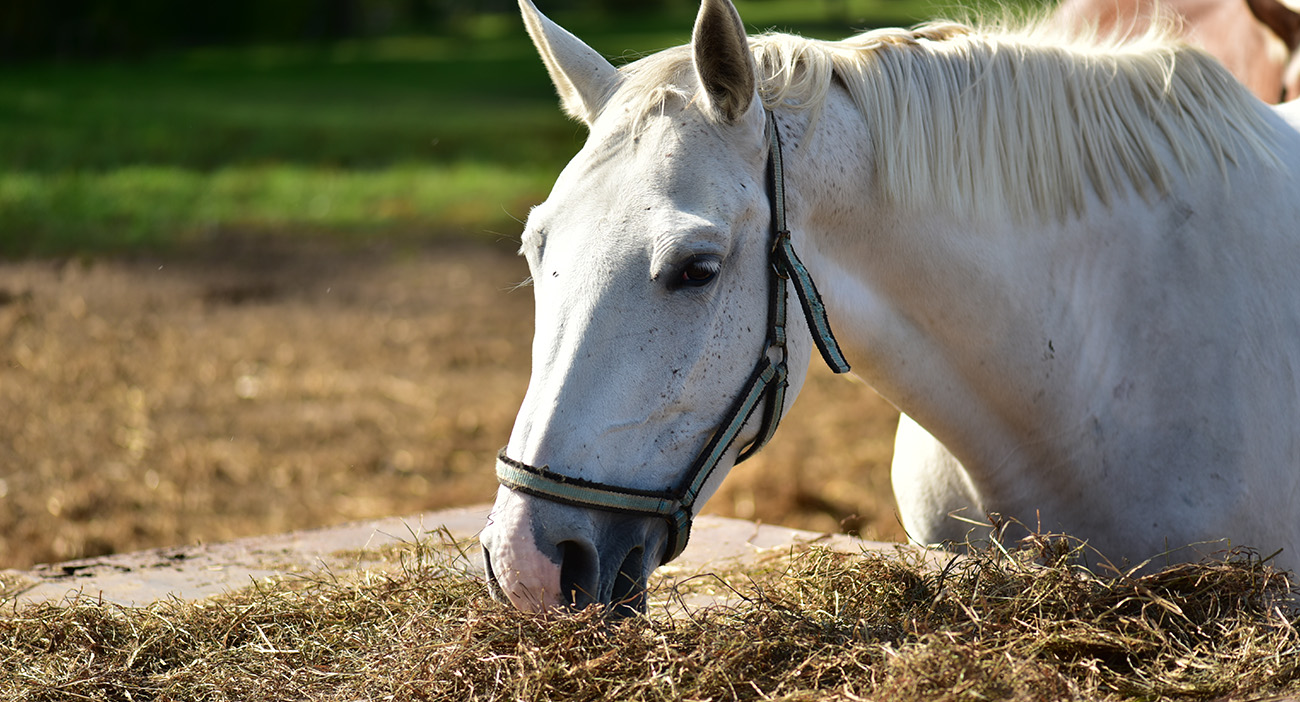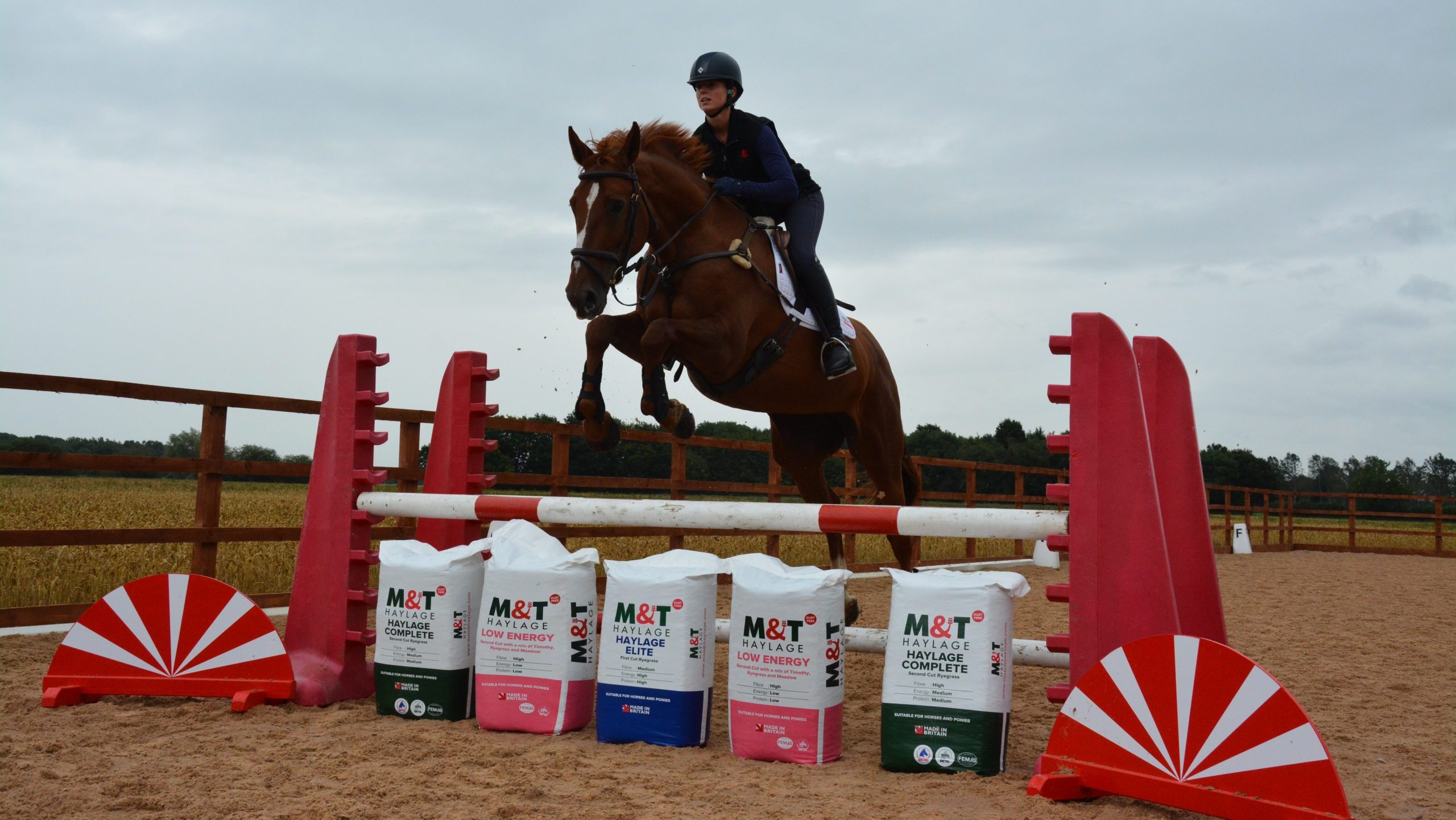
Our Blog

October 1, 2021
How To Feed EMS Horses: Nutritionist Top Tips For Horses
What Is EMS and Insulin Dysfunction In A Horse?
When a horse eats, sugars and starch are broken down in the digestive tract to glucose to enter the bloodstream. Insulin is released by the pancreas and allows the glucose to pass from the bloodstream into the cells. In a horse with EMS, this process doesn’t work properly and the effects of insulin do not allow glucose to pass into the cells known as insulin dysfunction. The pancreas releases more insulin to try and compensate for this. Where this glucose cannot be passed into the cells, it is converted and stored as fat. This is why EMS or insulin-dysfunctional horses are often overweight with high levels of insulin in the bloodstream. Having these high levels of insulin is the most frequent cause of laminitis.
How To Reduce The Levels Of Insulin and Reduce The Risk of Laminitis In Horses?
Exercise Your Horse
This is a key component in reducing the impact of EMS. This is because exercise has the same ability to move glucose into the cells as insulin does, which, when done by exercise, prevents mass amounts of insulin from being produced and present in the blood cells.
Change Your Horses Diet
A horse that is suffering from immediate laminitis should be off the grass. For EMS and ID horses, it is possible for them to graze but this should be closely monitored and restricted when necessary. A lot of EMS horse owners choose to remove horses completely from the grass and feed forage only. This is so that owners can have complete control over what their horse is eating. Horses with EMS should be fed low-sugar hay or haylage with less than 10% sugar and starch. Wherever possible the owner should look to have their forage analysed.
The period over which forage is consumed can also have a bearing on insulin spikes during the day. For this reason, slow feeders or physically staggering provision of forage (and hard feed) can help to reduce peaks of insulin post-eating (which are associated with increased laminitis risk).
What Hay or Haylage Should I Feed To A Lamintic, EMS, or Insulin Dysfunctional Horse?
These types of horses should be fed on forage that is less than 10% sugar and starch. If feeding haylage look for low energy products and if hay, products such as Timothy and some Meadow Hays should be suitable, although always get an analysis when trying a new product.
How Can M&T Help?
M&T has an in-house nutritionist who is an expert on horses' wellbeing and nutritional requirements. As well as providing a wealth of information on our website(link) for customers to look through, she is also on hand for specific customer requirements.
Additionally, all our products are externally analysed with results available for our customers so that you know exactly what your horse is eating.
Which Of Our Hay or Haylage Products Are Suitable?
Horses that have a history of laminitis and are therefore prone to laminitis require a forage that is ideally less than 10% water-soluble carbohydrates (WSC) sugars)). The environmental conditions at the time of harvest of a hay or haylage are key factors which, influence the sugar levels within the finished forage, It is possible for both hay and haylage to be below this 10% water-soluble carbohydrate threshold and it is for this reason that you cannot categorically say that a particular hay or haylage is not suitable.
At M&T we analyse our hay and haylage regularly and have selected our most suitable forage for those requiring a low sugar diet from a product that is consistently analyzing below the 10% threshold. While some of our other products may also have results below this threshold, we would recommend M&T’s Timothy Hay as our lowest WSC option at this time.
If you have any concerns or queries about feeding a laminitic horse, please contact our expert team or nutritionist

April 4, 2024
Eat, Sleep, Compete, Repeat

March 8, 2024
Top Tips For Managing Forage On The Go: Part Two

March 8, 2024
Consistency Is Key for Horses

February 19, 2024
Don’t Underestimate The Value of Preparation

February 6, 2024
Know Your Horse Inside Out

December 11, 2023
How To Get The Most Out Of Your Horse Forage During Winter

November 7, 2023
Which Hay Shall I Feed My Horse or Pony?

September 14, 2023
Hay Exportation – Why Choose British Hay?

April 24, 2023
Changing Your Horses Diet From Winter to Spring

March 3, 2023
Hay vs Haylage: Which Is The Right Option For Your Horse?

January 13, 2023
How To Bring A Horse Back Into Work After A Break

November 23, 2022
How To Body Condition Score Your Horse

November 7, 2022
Winter Feeding Tips For Horse Owners

October 20, 2022
Money Saving Tips For Horse Owners

October 3, 2022
8 Ways To Keep Your Horse Entertained

September 30, 2022
Equestrian Question and Answer Session: Sophie Platt

August 25, 2022
Preparing Your Horse For Competition

July 28, 2022
What Is Normal For My Horse?

June 30, 2022
Compeition Horses: Managing Forage and Water Intake

October 1, 2021
How To Feed EMS Horses: Nutritionist Top Tips For Horses

September 22, 2021
Feeding The Equine Athlete

September 7, 2021
How To Feed Your Horse Indoors This Winter

December 7, 2020
Premium Horse Forage: Ask The Nutritionist

July 9, 2020
Top Tips For Managing Forage For Horses On The Go: Part One

January 16, 2020
Haylage Myth Buster: Nutritionist Top Tips for Horses





